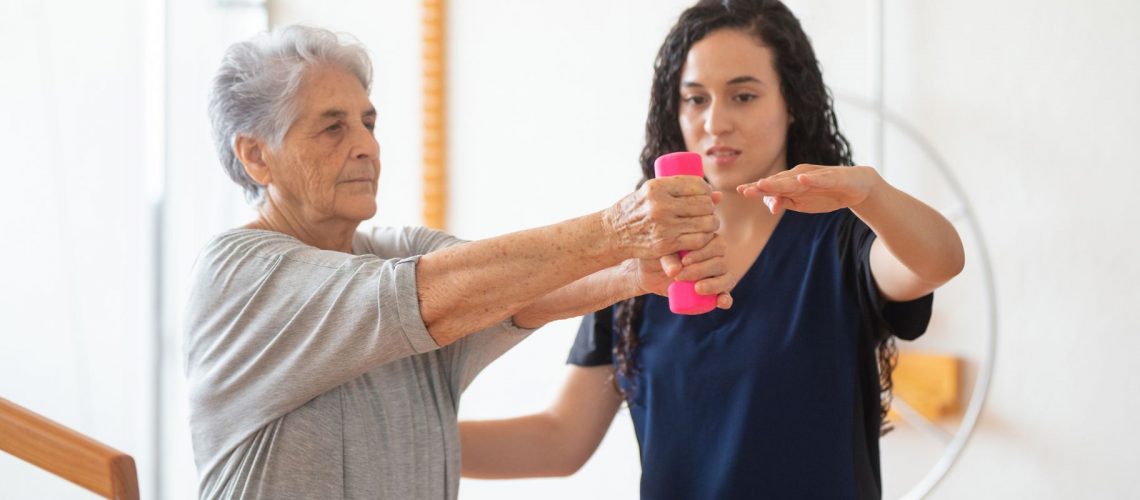If you are a Medicare beneficiary you have probably heard about Medicare’s “8-minute rule“. This rule applies to Medicare Part B outpatient services such as physical therapy. Those procedures for rehabilitation are often billed in 15-minutes by using CTP (Common Procedure Terminology Codes). Those codes are created by AMA (American Medical Association) and are followed by Medicare. This rule allows specialists to bill Medicare by units if provided service is longer than 15 minutes for an entire visit, but this visit is accumulated to the nearest 8-minute interval.
CTP Codes Explanation
CTP is a medical code that is used to report services such as medical, diagnostic, or surgical procedures which is often used by physicians and other specialists to describe and bill for provided service accordingly. Each code has five characters and codes for physical therapy are often divided into service-based and time-based CPT codes. So, let’s explain the difference based on those codes.
Service-based CPT Codes
Practitioners can’t bill beneficiaries for more than one unit for provided service regardless of the time spent on providing this specific service. Those codes are applicable to the following:
- physical therapy evaluations: 97161, 97162, 97163
- unattended electrical stimulation: 97014
- hot or cold ice packs: 97010
- traction procedure: 97012
So, for simple services like short examinations or putting cold compresses you will be billed only for 1 unit regardless of whether you complete those in 15 or 45 minutes. To understand billing, look at the 8-minute rule billing chart.
Time-based CPT Codes
Time-based CPT codes are used when the therapy you are receiving requires constant attendance or “one-to-one” service. Those codes are applicable to the following:
- therapeutic exercise: 97110
- manual therapy: 97140
- therapeutic activities: 97530
- gait training: 97116
- neuromuscular re-education: 97112
- ultrasound: 97035
- manual electrical stimulation: 97032
- iontophoresis: 97033
For time-based CPT codes billing can be confusing, so let’s provide an example for a better understanding of the concept.
Let’s say that you were on the initial exam for half an hour (30 minutes) and answering questions. After that, you attended physical therapy which lasted also 30 minutes. Technically, a practitioner has spent one hour (60 minutes) with a patient which equals 4 billing units of service. But, first, half an hour is a service-based CTP code which equals only one billing unit so, you can only be billed for three units when you actually attended one-to-one service.
Look here for more information about the 8-minute rule billing chart.
Mixed Remainders
Medicare allows you to bill “mixed reminders” together which means that you can mix the time that you have left in one unit and spend it on different services.
For example, you have used 17 minutes of physical activity and 21 minutes of manual therapy which is a time-based service based on CPT codes.
Personally, you only pay one unit at a time because you don’t exceed the 8-minute threshold to be included in the next billing unit. Therefore, you are left with 2 additional minutes of physical activity and 6 additional minutes of manual therapy. This equals a total of eight minutes to push you into the next billing unit and you can bill Medicare for one more unit.
8- Minute Rule Examples Based On Physical Therapy
To make the eight-minute rule more understandable, let’s provide a few examples of how it works in real-life situations. Things that can happen are:
- You can avoid the 8-minute threshold: if you get a therapy that lasted for five minutes with a specialist, this specialist can’t bill Medicare for provided service even though it was face-to-face because it wasn’t a minimum of 8 minutes in one billable unit
- Combine different time-based services: you go to a physical therapy practitioner and do 3 services that are time-based such as ultrasound, exercise, and manual therapy. The ultrasound lasted for five minutes, 25 minutes of exercise, and 10 minutes of manual therapy which is in total 40 minutes. Those 40 minutes equals 3 billable units which means the specialist will bill Medicare for those 3 units for provided service
- Mixing service-based and time-based benefits: if you are going to physical therapy for the first time, it often happens that you must mix service-based and time-based benefits. If the practitioner spends 30 minutes evaluating your problems to set a diagnosis and then spends 10 minutes on ultrasound and 25 minutes on manual therapy this is 65 minutes overall. Basically, that would be 4 billable units, but Medicare will pay only for 3 units because service-based procedures are always one unit regardless of the time spent
If you have more questions about the 8-minute rule and how it applies call Better Place Insurance Group for more information. We are Medicare experts who help beneficiaries easily guide through the complicated world of Medicare.

